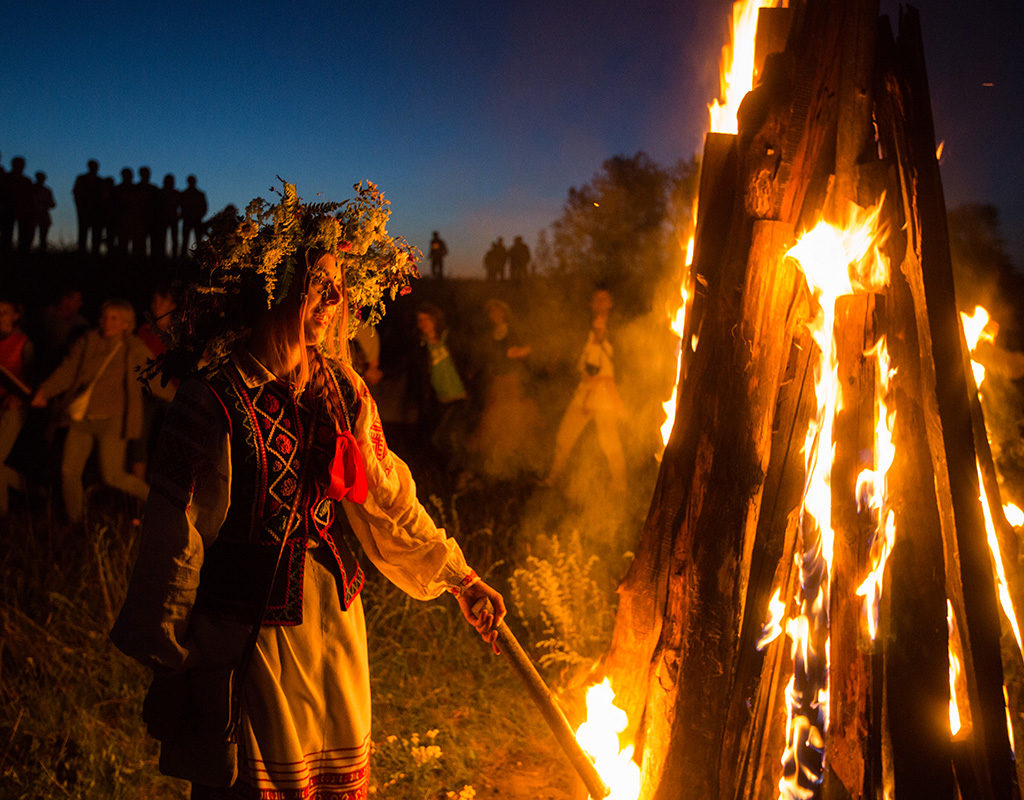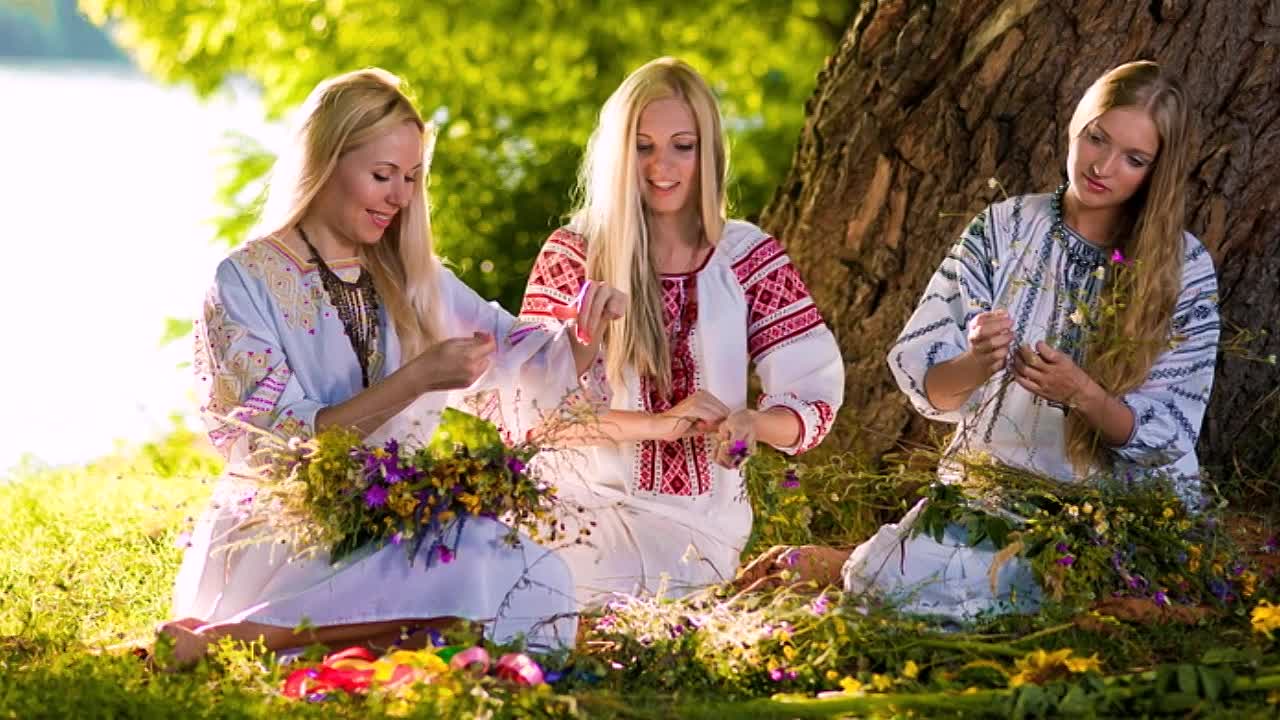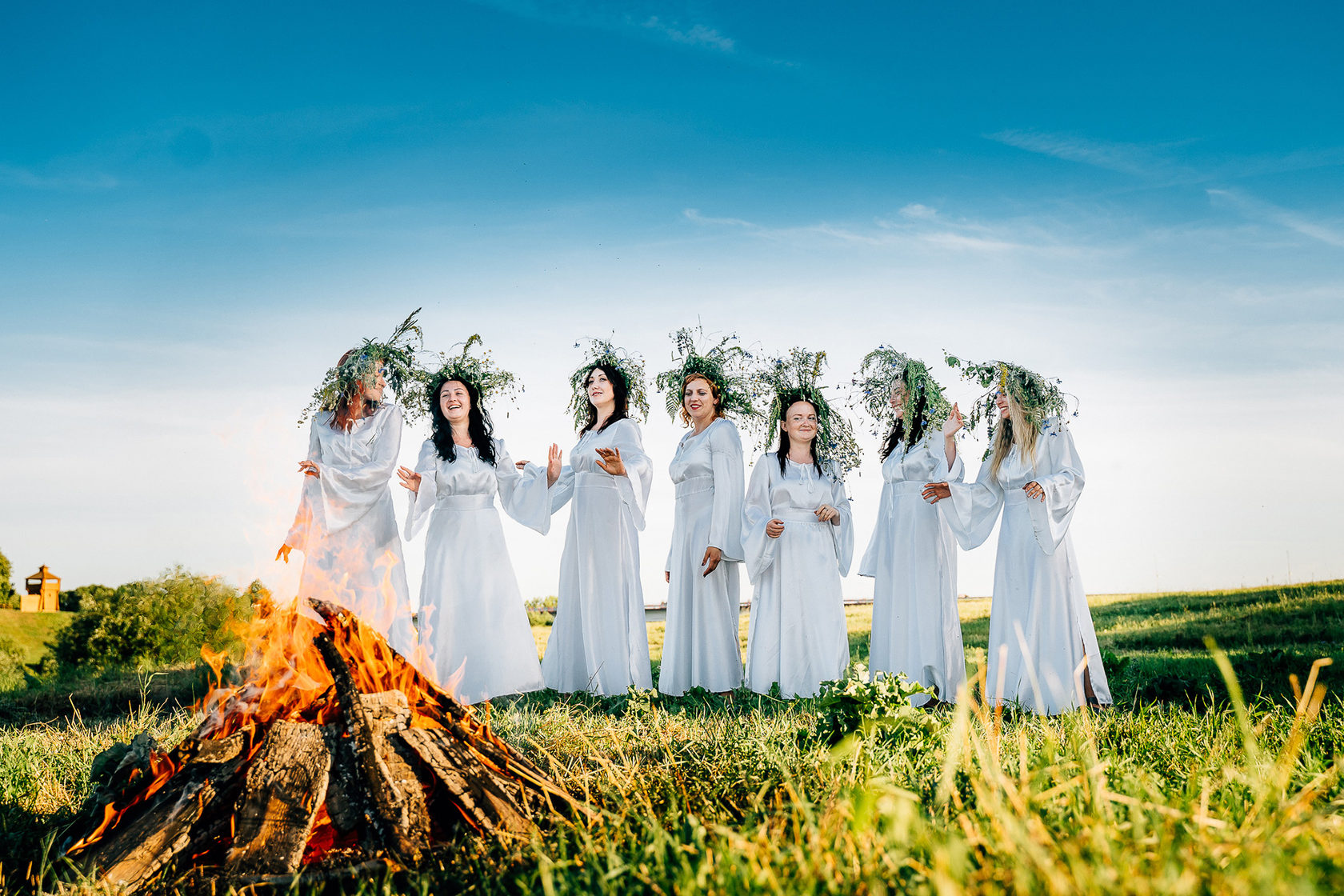History and Traditions of the Festival
The roots of Kupala Night trace back to pagan traditions associated with worshipping the forces of nature - the sun, fire, water. Before the transition to the Gregorian calendar, Kupala Night was celebrated on the night of June 24th, coinciding with the summer solstice. The symbolic actions that our ancestors performed on this night were aimed at purification, renewal, attracting good luck, health, and fertility. With the advent of Christianity, pagan customs smoothly intertwined with religious culture. The holiday began to be associated with the name of John the Baptist, who was born on the day of the summer solstice.

Kupala Night is associated with numerous rites. On this holiday, people gathered medicinal herbs, sang Kupala songs, danced, divined, performed round dances, prepared ritual dishes - pancakes, dumplings, vereshchaka. Girls would weave wreaths from flowers and herbs, which they then released onto the water, hoping for their wishes to be fulfilled.
One of the most magical rites of Kupala is the search for the mysterious fern flower, which, according to legend, blooms precisely on Kupala Night. It was believed that the person fortunate enough to find the flower would be granted the amazing ability to understand the language of animals, birds, and plants. It was believed that the fortunate finder would gain the ability to see any treasures hidden underground. It was also believed that on Kupala Night, representatives of evil forces - witches, mermaids - could penetrate our world and harm people.

The culmination of the festival was a ritual bonfire, on which a scarecrow, symbolizing troubles and misfortunes, was burned. Old clothes and unnecessary items were thrown into the fire. People would jump over the Kupala bonfire, believing that doing so would purify the soul and offer protection against misfortunes and diseases.
Where to Celebrate Belarusian Kupala Night?
In modern Belarus, this holiday is not as widely celebrated as before. However, both children and adults still eagerly anticipate it, as towns and villages across the country hold mass festivities on this day, including songs, round dances, games, and, of course, the traditional bonfire.

Here are a few popular locations where guests from all over the country come to celebrate Kupala Night:
- Belarusian State Museum of Folk Architecture and Life, located in the village of Ozertso in the Minsk region. This open-air museum is perfect for immersing oneself in the authentic atmosphere of traditional Kupala. The celebration program includes wreath weaving, reenactment of traditional rites, Kupala divinations, round dances and folk songs, and jumping over the bonfire.
- Agrotown Alexandria in the Shklov region of the Mogilev district - for several years now, a festival called "Alexandria Gathers Friends" has been held here, timed to coincide with Kupala celebrations. Local residents and visitors to Alexandria gather in a picturesque place on the banks of the Dnieper River to watch concerts, exhibitions, participate in workshops and other events, and admire the festive fireworks.
- Dudutki - a museum complex of folk crafts, located in the Pukhovichi region, forty kilometers from Minsk. Here on Kupala Night, a traditional music festival is held, where you can hear performances by Belarusian folk and rock performers. The museum complex hosts various interactive zones, a craftsman market, and a food court. Of course, a Kupala bonfire by the Ptich River is also included.
- Ducora Estate - another museum complex in the Pukhovichi region. It is located in the agrotown of Ducora. The Ducora Estate offers guests traditional Kupala games and entertainment, along with a concert program, a fire show, and theatrical performances dedicated to the holiday. Visitors can try archery, take a carriage ride, dance by the fire, try their hand at craft workshops, weave wreaths, and send them on the water.
- Grand Duchy of Sula - an interactive history park, located in the Stolbtsovsky district of the Minsk region. The park in Sula promises guests a meeting with characters from Belarusian mythology, an introduction to Kupala rites, workshops on medieval dances. Visitors can expect traditional games, dances, round dances, divinations, and a Kupala bonfire.

We have listed some of the most popular tourist spots, but festive events dedicated to Kupala take place throughout Belarus. To truly immerse yourself in the magic of a folk holiday and feel the archaic atmosphere, head closer to nature and try your luck in searching for the fern flower. Perhaps this year, luck will smile upon you?